You put the vacuum in the closet and survey your hard work. Everything sparkles. There isn’t a single speck of dirt or clump of fur in sight. With a sigh of relief, you let your dog back into the house. And then you watch in horror as they shake. Hair flies EVERYWHERE! And is that dirt tracked across the carpet? They jump up to lick your face, but you want to cry. All your hard work and it only lasted a few seconds. Wouldn’t it be nice if things worked easier? Well, with robot vacuums for dog hair, it does! These little pieces of technology stay on top of pet cleanup – freeing you from worry.
Robots to the Rescue
During shedding season, it feels like you NEVER finish cleaning. Despite brushing and grooming, your pup produces an endless amount of fur. Spotless floors in the morning turn into carpets covered in hair tumbleweeds by evening. It’s one of the worst parts of sharing your home with a fluffy dog.
And while the top pet vacuums help you manage the worst of the fur tidal wave, it’s back-breaking labor to haul them out every hour. Never mind you have other responsibilities to attend to. And since no one’s figured out how to train dogs to run the vacuum themselves, what are you to do?
Turn to robot vacuums for dog hair. These handy little friends step in between thorough vacuum sessions to minimize the build-up of dirt and hair. They won’t REPLACE your primary vacuum, but they’ll keep you from feeling overwhelmed.
How Robot Vacuums for Dog Hair Work
Robot vacuums for dog hair allow you to program a cleaning schedule. Say you want an extra vacuuming every day around noon. You set that into the robot’s “brain,” and it’ll switch itself on. Without further prompting, the vacuum gets to work at noon. And all YOU need to do is empty the dust bin. (No robot vacuums can reach the trash)
Of course, you need to do a LITTLE more work. While technology’s advanced enough for you to have a robot cleaning your floors, they’re not super-intelligent. Robot vacuums for dog hair require some “teaching” to prevent them from running wild through the house. That means setting up a navigation system.
Robot Navigation
Robot vacuums “see” with either an optical lens or an infrared light (sometimes both). This allows them to gauge distance and figure out where they are in a room. Infrared costs more, but if you have a robot with optical lenses and turn out the lights (or set the timer for the middle of the night), they can’t see and won’t run.
You’ll see three main options for navigation with robot vacuums:
- Magnets: Magnetic strips are the easiest to use. You cut them and lay them out wherever you don’t want the vacuum to cross. Magnets won’t use up battery power, but they’re bulky and unattractive.
- Virtual: As you move up the navigation tree, you get to a battery-powered device that generates an infrared line. The robot vacuum spots the line and turns aside. You’ll need multiple devices to block everywhere you want to keep the vacuum away from, which can get pricey.
- Apps: The top robot vacuums for dog hair allow you to program your navigation into an app. To create barriers, you draw them in. No batteries, no bulk. However, you WILL need some tech-savvy, and these models are expensive.
Your other option is to close doors. Robot vacuums can’t open them or go under them. But that won’t keep them away from food or water bowls, and it won’t protect vases or other breakables you have on the floor.
Choosing a Robot Vacuum for Dog Hair
Surprisingly, there are dozens of robot vacuums on the market. And plenty of them make claims of working well to combat pet hair of any kind. However, not every robot works for everyone. And since they WILL run to the higher end of the cost department, you want to make sure you’re looking things over carefully. Always check for the following before purchasing your robot vacuum for dog hair:
- Surface Types: Robot vacuums used to only work for hardwood floors. But now? They’ll work on almost any surface – depending on the model. If you have carpets, check what the vacuum can handle.
- Compatibility: If you like the idea of programming your robot vacuum for dog hair with an app, make sure your chosen model works with your system. You don’t want to get it home and find out it can’t talk with your platform.
- Ease of Use: Technology isn’t always easy to manage. And some robot vacuums get complicated. Look through the write-up and make sure you can handle it (or have a tech-savvy friend on stand-by).
- Power: Suction power is the biggest concern when you’re dealing with furballs on the floor. Robot vacuums measure this in pascals (Pa). The higher the Pa, the better. However, you WILL end up with a louder robot. It’s a trade-off you’ll need to make.
- Dust Bin: Robot vacuum dust bins are tiny compared to ordinary vacuums. This means you’ll need to empty them frequently. To help you out, look for a robot with the largest dust bin possible.
- Warranty: A robot vacuum for dog hair is a big purchase. And it’s a hefty piece of technology. You’ll want to know you can get replacement parts if something breaks.
Battery Life
Working with robot vacuums for dog hair comes down to batteries. And, unhappily, it’s the part of the robot that lasts the SHORTEST. Whether you end up with nickel or lithium, they can only recharge so many times. Within a few years, you’ll need to replace them. And how do you know how often your robot vacuum for dog hair will need to recharge? Good question.
The Navigation Paradox
It sounds strange, but the better a robot vacuum navigates, the LESS dirt it picks up. Why? Because all of the sensors use A LOT of power and take the energy away from the brushes. A robot that bumps into everything (which most people don’t want) keeps power focused on the brushes and cleaning. You’ll need to decide which is more important to you.
Of course, when you focus power toward cleaning, you get noise. This may not bother you if the robot’s running when you aren’t home. But it could stress your dog.
Size Matters
The size of your rooms also contributes to that battery. How long can the robot vacuum for dog hair run? One hour? Two? Is it enough time to reach every part of the floor? For small apartments, probably. But if you have a large home, maybe not. Robots with better map programs (which cost more) work more efficiently, using less power than the “bump and run” idea.
The most expensive models have a “memory” of where they left off cleaning. So when they recharge, they head off to where they stopped and start again. Then you don’t have a vacuum constantly cleaning the same places over and over again, depleting the battery.
The Best Robot Vacuums for Dog Hair
Robot vacuums for dog hair won’t replace your main vacuum. But they help your house stay clean when your dog runs through the room, dropping fur everywhere. With a regular schedule, they help you out by gathering up dirt, hair, and even allergens (with some models). All you need to do is set up a few programs and remember to empty the dust bin. It’s that simple! Oh, and keep your pup from trying to attack it (or ride it – at least AFTER you’ve snapped a cute photo).
Coredy provides a robot vacuum for dog hair that won’t break the bank. It works well on hardwoods and medium-pile carpets (two climbing wheels help it move from one to the other). Magnetic boundary strips keep it out of unwanted areas, though it IS compatible with virtual boundaries. It comes in at 1400 Pa, which isn’t too shabby. The remote control is simple to use, and they even throw in the AAA batteries for the remote. The lithium-ion battery lasts around two hours, and the robot knows to return to the charging base when it drops. You also get a one-year warranty.
Downsides? The magnetic strips AREN’T included. People reported that the vacuum tended to get stuck and required “rescuing” often. And if you have dark-colored carpets? It may not function, as the optics sense the dark color as a drop-off. Also, it’s not the most durable robot vacuum out there.
The Good
- 1400 Pa
- Works on hardwoods and medium-pile carpets
- Magnetic strips or virtual boundaries
- Lithium-ion battery lasts 120 minutes
- 500mL dust bin
- One-year warranty
The Bad
- Not durable
- Robot gets lost
- Won't function on dark carpets
- Magnetic strip not included
The Deebot comes with a remote, but it also integrates nicely with Alexa or Google Home to help you with your programming. This means you have the ability to draw in all of your boundaries on the app, freeing you from having to purchase strips or virtual boundaries. It works on hardwoods and mid-pile carpets without a problem. Anti-collision sensors protect your furniture while it’s working, preventing scuffing. And it features a 520mL dust bin – larger than the average 500mL you see in other robot vacuums for dog hair.
The downsides? This robot vacuum comes in at 1000 Pa, which is on the lower side of the suction scale. You may end up with hair left behind. And while it connects to an app, it uses a random cleaning pattern. And that app? Wants access to A LOT of private information. You may want to stick to the remote instead.
The Good
- 1000 Pa
- Works on hardwoods and medium-pile carpets
- App-based boundary
- Lithium polymer battery lasts 110 minutes
- 520mL dust bin
- One-year warranty
The Bad
- Lower suction power
- Only uses a random cleaning pattern
- App requires access to personal information
If you’re unsure about robot vacuums for dog hair, Eufy’s a great place to start. You get a simple remote control to set your desired cleaning patterns. It comes with 1300 Pa of suction power that works on hardwoods and medium-pile carpets. And the noise? No worse than the average microwave. The vacuum will run for around 100 minutes before returning to the charging station. And the vacuum knows when an extra bit of power’s needed to tackle stubborn clumps of dog hair. They even give you a 600mL dust bin!
So what are the downsides? Eufy doesn’t recognize ANY boundaries. That means it goes anywhere. And not always well. In small spaces, the robot does great. But once it moves into larger rooms, it gets confused and can’t figure out where it cleaned and where it hasn’t. And since it doesn’t recognize boundaries, it also doesn’t figure out obstacles very well. You’ll want to move anything breakable off the floor.
The Good
- 1300 Pa
- Works on hardwoods and medium-pile carpets
- Lithium-ion battery lasts 100 minutes
- 600mL dust bin
- One-year warranty
The Bad
- No boundary recognition
- Easily lost in large spaces
- Can't recognize obstacles
Eureka’s probably a name you’re familiar with for vacuums, and they entered the robot vacuum for dog hair group. With a whopping 2000 Pa of suction, dirt, and fur, don’t stand a chance of hiding on the floor or low-pile carpets! And the “GrooveGear” wheels help the robot move between rooms or climb onto the carpet with ease. You can use the remote or work with Alexa or Google Home to program the cleaning you desire. The brush roll features teeth to prevent hair from tangling, and it’s a cinch to clean if you need it.
Downsides? This robot vacuum works best in homes with hardwoods. It’ll do okay on thin carpets, but if you have anything with a medium or thick pile, it can’t manage. You also have a 400mL dust bin, which means much more frequent emptying. And you DON’T get a warranty.
The Good
- 2000 Pa
- Works on hardwoods and low-pile carpets
- App-based boundary
- Lithium-ion battery lasts 100 minutes
- 400mL dust bin
The Bad
- No warranty
- Doesn't work well on carpet
- Small dust bin
Brushes and pet hair? They can create havoc. So ILIFE decided to get rid of them with their robot vacuum for dog hair. Instead, they have an open passage that focuses all 1000 Pa on drawing in dirt, dust, and pet hair. No tangles, no blockages, no fuss. And the “RoadRover” wheels help the robot move from hardwoods to low-pile carpets without a problem. You get a handy remote to do all of your programmings, and it uses ten infrared sensors to avoid obstacles around the room.
The downsides? So, yeah, the suction power isn’t the highest. And, again, you should probably confine this robot vacuum to hardwood floors. It also doesn’t have any boundary recognition, so you’ll have to close doors. And with a 300mL dust bin, you need to empty it after EVERY use. They also recommended you clean the filters every time. This makes cleaning more intensive than other robot vacuums for dog hair.
The Good
- 1000 Pa
- Works on hardwoods and low-pile carpets
- Lithium-ion battery lasts 90-100 minutes
- 300mL dust bin
The Bad
- No warranty
- Lower suction power
- Doesn't work well on carpet
- No boundary recognition
- Small dust bin
- Need to clean dust bin and filters after every use
When it comes to robot vacuums for dog hair, iRobot wrote the book. The 960 functions on hardwoods and medium-pile carpets with ease. The robot works in precise rows to make sure it gathers up all of the dirt, while a handy filter snatches up 99% of the allergens at the same time. And if it needs to stop to recharge? It’ll remember where it left off and start there again. You can use the Roomba app for all of your scheduling, or it works just as well with Alexa or Google Home. And with a 600mL dust bin, you’ll get PLENTY of dog hair off your floors.
Downsides? You’re only getting 1000 Pa of suction from this robot vacuum. It makes it quiet, but not the most powerful. And while it’s nice that it remembers where it left off cleaning, it won’t run as long as some of the other models out there. Kind of a bummer considering it’s NOT a cheap purchase.
The Good
- 1000 Pa
- Works on hardwoods and medium-pile carpets
- App-based boundary
- Lithium battery lasts 75 minutes
- 600mL dust bin
The Bad
- Expensive
- Lower suction power
- Short running time
- Customer service requires access to your phone
With the demand for better technology always out there, iRobot keeps raising the bar. And their Roomba i7+ goes the extra step of emptying the dust bin for you. You read that right – it empties its own dust bin and seals up the bag! All you have to do is take the bag to the trash. And this little robot doesn’t stop there. With laser mapping, it learns the layout of your home, avoiding all obstacles. You also get the Roomba app, which lets you specify boundaries AND set schedules. And as the robot learns your cleaning patterns, it starts to suggest new cleaning ideas! (Such as shedding season boosts – how about that?)
So what are the downsides? This much fancy tech is EXPENSIVE. And because it does so much, it won’t run very long. You’ll also need to allow Roomba access to your phone if you encounter any issues, as they want to connect directly to the vacuum. And if you don’t purchase it from an authorized seller? They WON’T assist you.
The Good
- 1800 Pa
- Works on hardwoods and medium-pile carpets
- App-based boundary
- Lithium-ion battery lasts 75 minutes
- Self-emptying
- 500mL dust bin
- One-year warranty
The Bad
- Expensive
- Short running time
- Customer service requires access to your phone
Tired of robot vacuums for dog hair that can’t handle ANY carpet? That’s where Neato comes in. Even high-pile isn’t a problem for this little robot. It has large wheels that get it onto any surface. And with the handy app, you get to draw out everything: where you want to be cleaned and where you want the robot to avoid. You can also integrate it with Alexa, Google Home, or Echo. The brushes are 70% larger than you find in other models, making sure to sweep up ALL of the dog hair. And there’s a HEPA filter to collect pesky allergens. With a 700mL dust bin, you also get plenty of room for all of the dirt and debris.
So what are the downsides? You will need to pay extra for this robot vacuum. It’s a decision you’ll need to make on whether it’s worth it. Some people struggled with connectivity issues, so make sure you have the proper wi-fi. And those large wheels give the robot a higher profile, meaning it can get stuck under low furniture.
The Good
- 2000 Pa
- Works on hardwoods and carpets
- App-based boundary
- Lithium-ion battery lasts 120 minutes
- HEPA filter
- 700mL dust bin
The Bad
- Expensive
- No warranty
- Connecitvity issues
- Gets stuck under low furniture
For budget-friendly robot vacuums for dog hair, you want Roborock. Their E4 works fantastic on hardwood floors and carpets (yes, even high-piles). It follows a regular “S-curve” pattern throughout the room to make sure it collects every tiny bit of hair and dirt. And with 2000 Pa, you’re not skimping on suction! The app-based controls are simple to set up, or you can have Alexa give you a hand. And you get a nice HEPA filter to help out if anyone in the house struggles with allergies.
Downsides? While you DO get an app, it doesn’t allow for boundary programming. So you’ll still have to shut the doors or purchase virtual boundaries. And you can’t set up different schedules for different rooms the way you can with other robot vacuums. The robot also tends to bump into the walls and furniture, scraping paint and baseboards.
The Good
- 2000 Pa
- Works on hardwoods and carpets
- Virtual boundaries
- Lithium-ion battery lasts 200 minutes
- HEPA filter
- 640mL dust bin
The Bad
- No warranty
- Limited cleaning programming
- Bumps into walls and furniture
If you want a little more functionality, you can upgrade to Roborock’s S6 model. It works on hardwoods and low-pile carpets, but the app allows you to set up your virtual boundaries. You’ll also get more advanced programming so you can set schedules for each room. It also builds a virtual map as it runs, allowing for more efficient cleaning. And, of course, Alexa and Google Home can pitch in, too. You get the same 2000 Pa suction power and the handy HEPA filter.
The downsides? This is an ideal robot vacuum for dog hair – for hardwood floors. It won’t work on carpets, especially if they have a significant pile to them. And the dust bin’s much smaller than the E4 model. – you’ll need to clean it more often. You’ll also find yourself replacing a lot of parts. But the app lets you know when it’s time, so that’s handy.
The Good
- 2000 Pa
- Works on hardwoods and low-pile carpets
- App-based boundary
- Lithium-ion battery lasts 120 minutes
- HEPA filter
- 480mL dust bin
The Bad
- No warranty
- Doesn't work well on carpet
- Parts need frequent replacement
- Small dust bin
Shark is another robot vacuum for dog hair that does the emptying of the dust bin for you. The claim is you can leave it to fill for a month, but since it’s 660mL, that may not be realistic. However, it IS nice to have everything collected for you. You get a handy app for programming, and you can also connect to Alexa or Google Home for convenience. And your robot maps out your home, making sure it picks up exactly where it left off in case it needs to stop and return for a recharge. The robot vacuum also sports a self-cleaning brush roll that prevents hair from tangling – no matter how fluffy of a pup you have.
So what are the downsides? While it DOES have 2000 Pa of suction, people found it wasn’t that great at performing a deep clean. You’ll want to rely on your usual vacuum for that. And this isn’t the smartest robot out there. People struggled with the mapping feature. And they reported their vacuum got lost on the way back to the recharging unit. Since that’s where it empties the dust bin, that’s a concern.
The Good
- 2000 Pa
- Works on hardwoods and low-pile carpets
- Magentic boundary strips
- Lithium polymer battery lasts 90 minutes
- Self-emptying
- 660mL dust bin
- One-year warranty
The Bad
- Not good at deep-cleaning
- Poor mapping feature
- Robot gets lost
Robo-Clean
No one can spend EVERY moment of the day sweeping and vacuuming. It isn’t practical. But coping with hair during shedding season? (Or the average Wednesday if you have a dog with fluffy hair or a double coat) That gets frustrating. Luckily, robot vacuums for dog hair help by stepping into the middle of your usual cleaning schedule. They can handle all of that loose fur without a problem. You set the schedule, and the robot happily goes to work.
All you need to worry about is your pup (or cat) hopping on for a ride. Or possibly attacking the robot enemy invading their home.

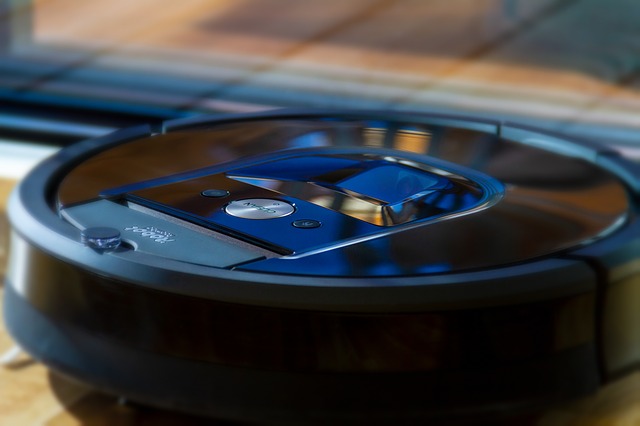
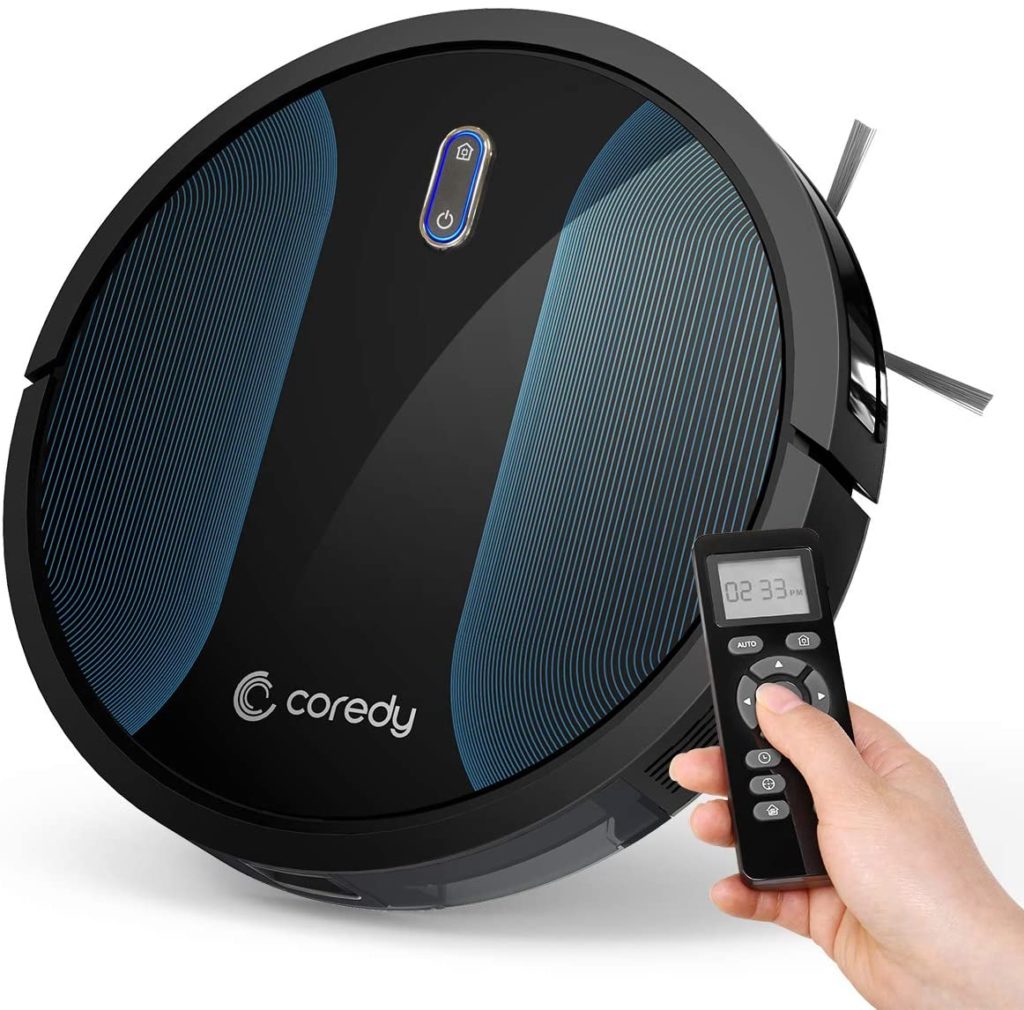
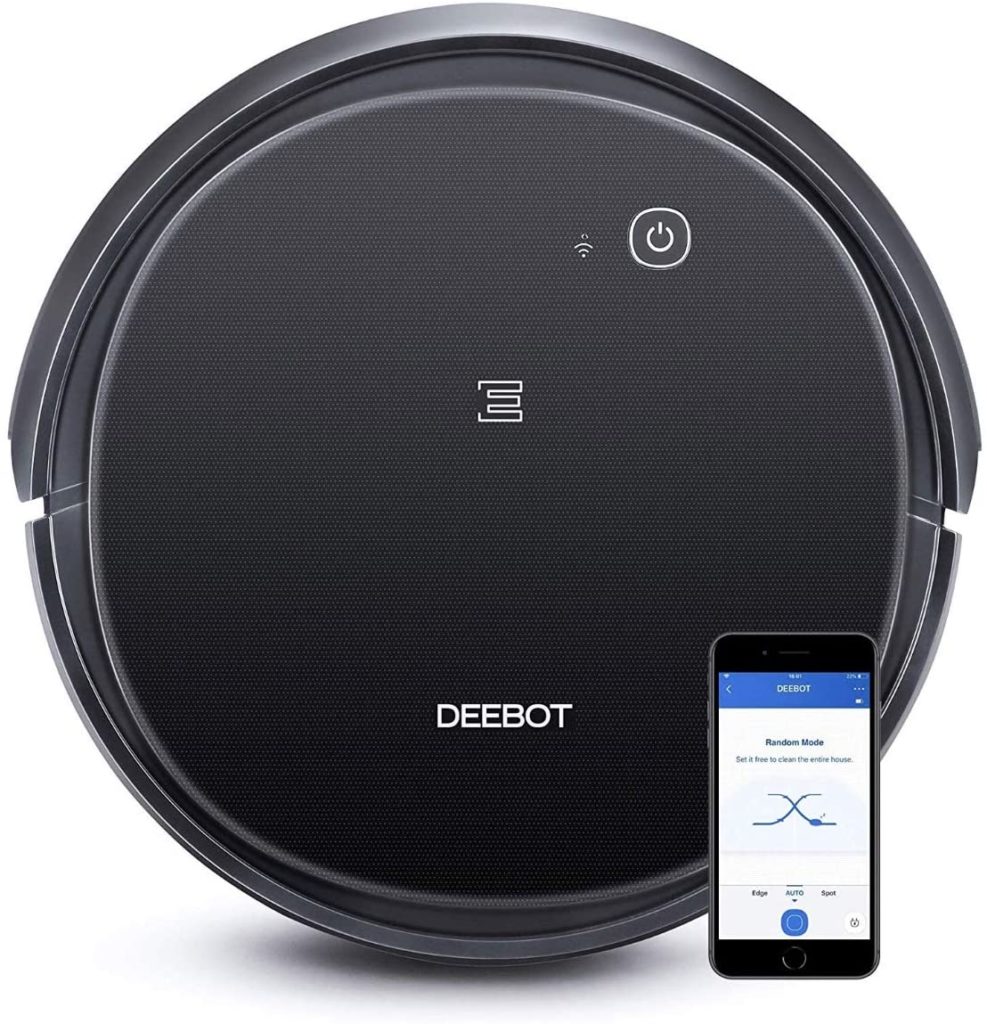
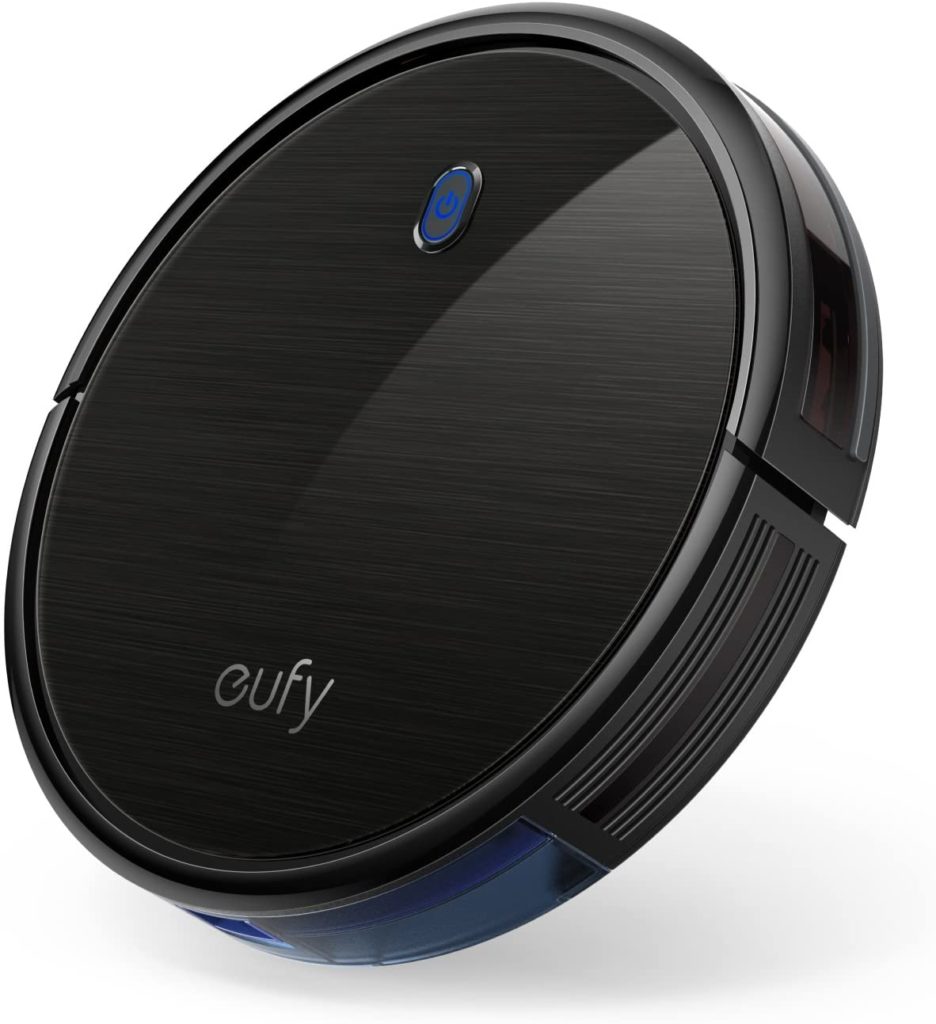
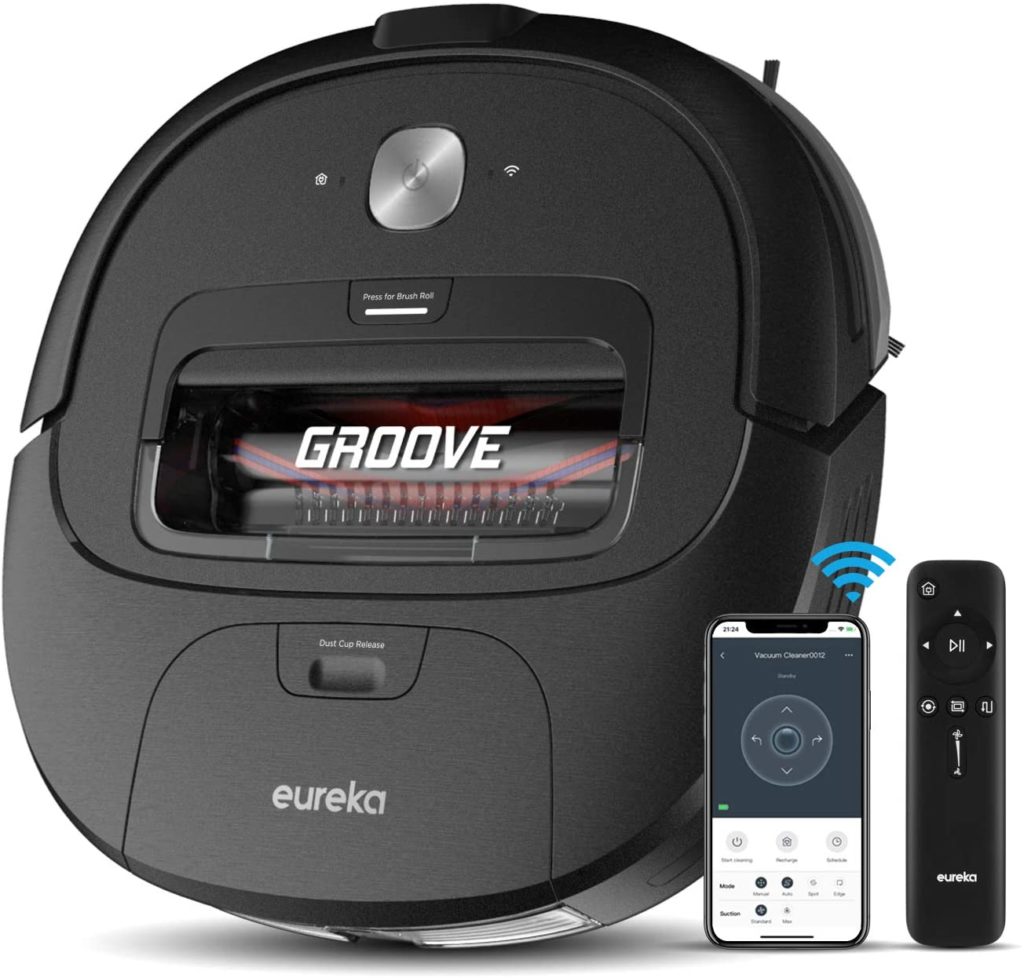
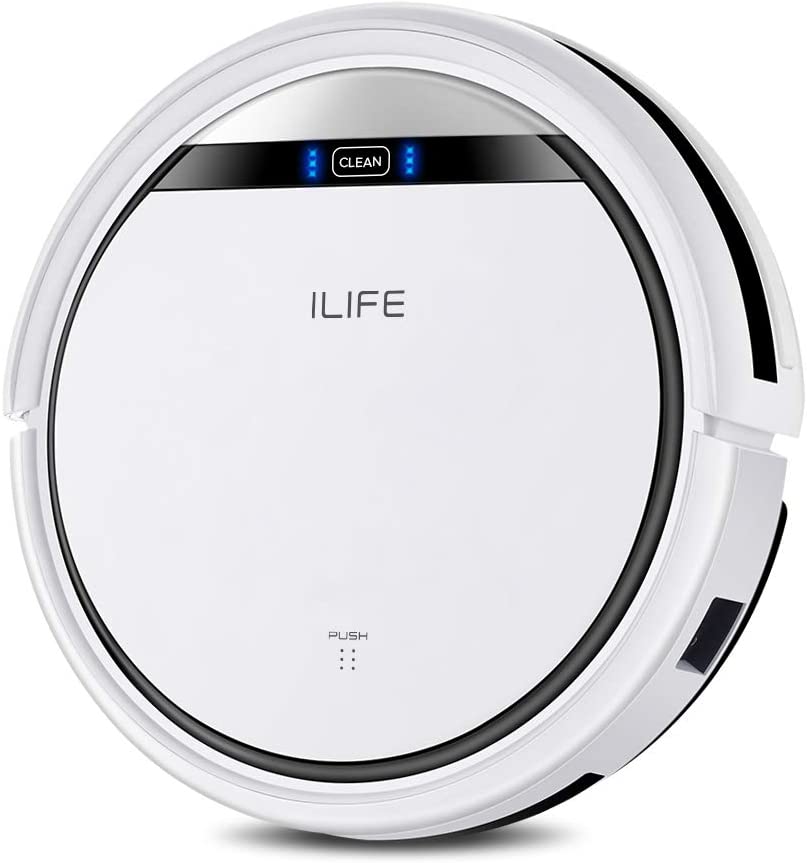
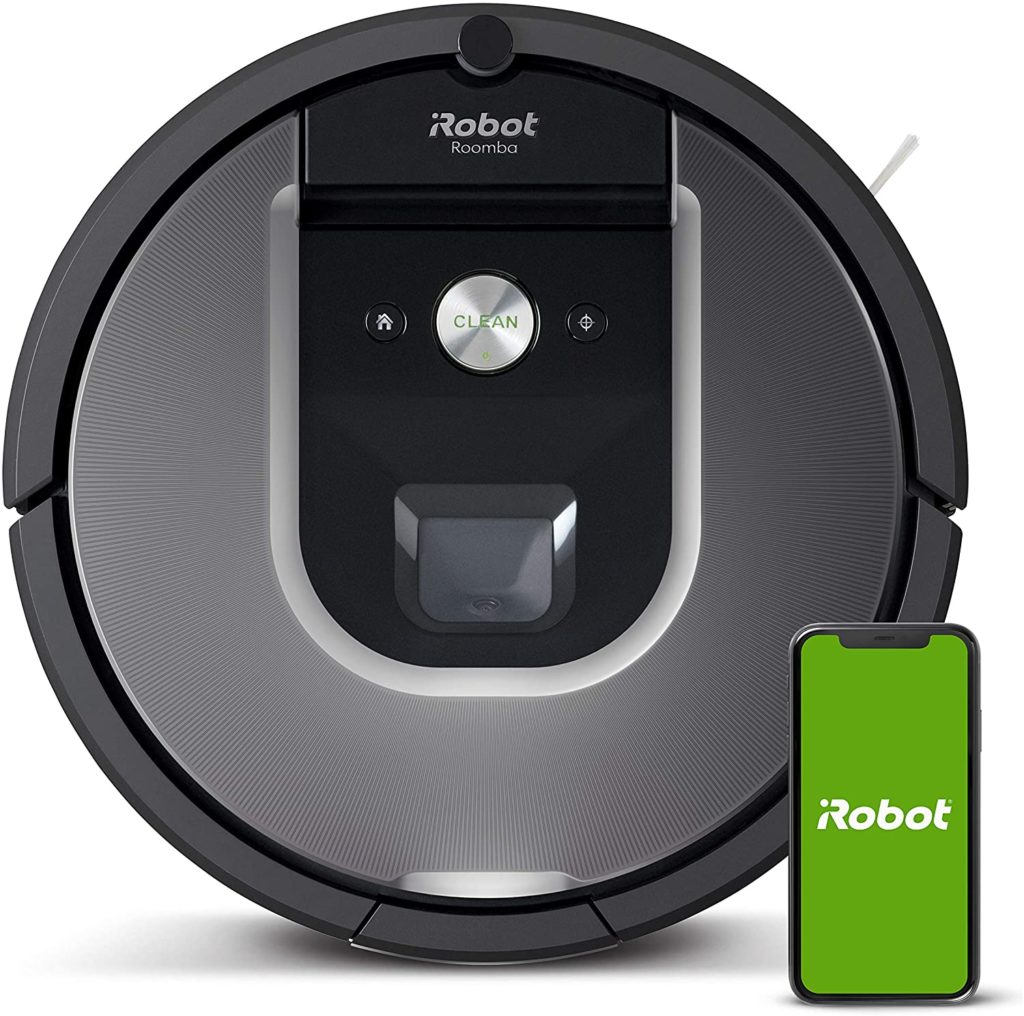
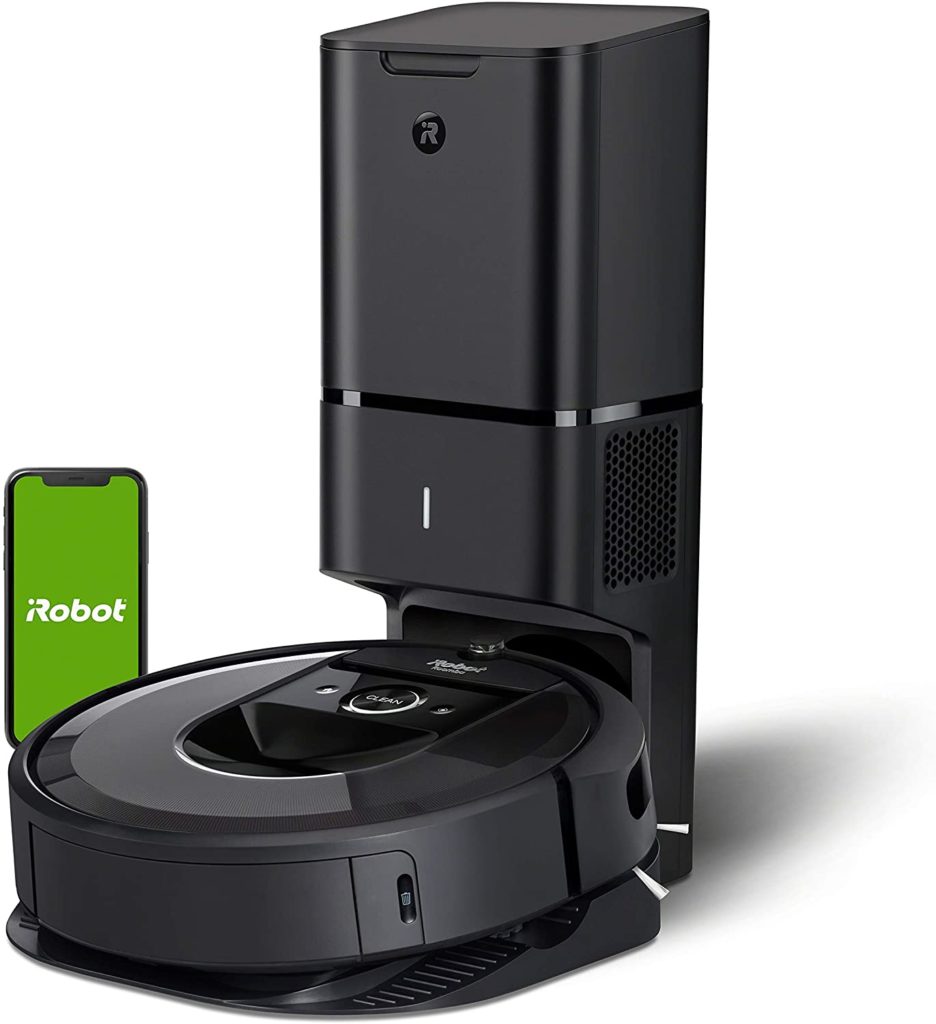
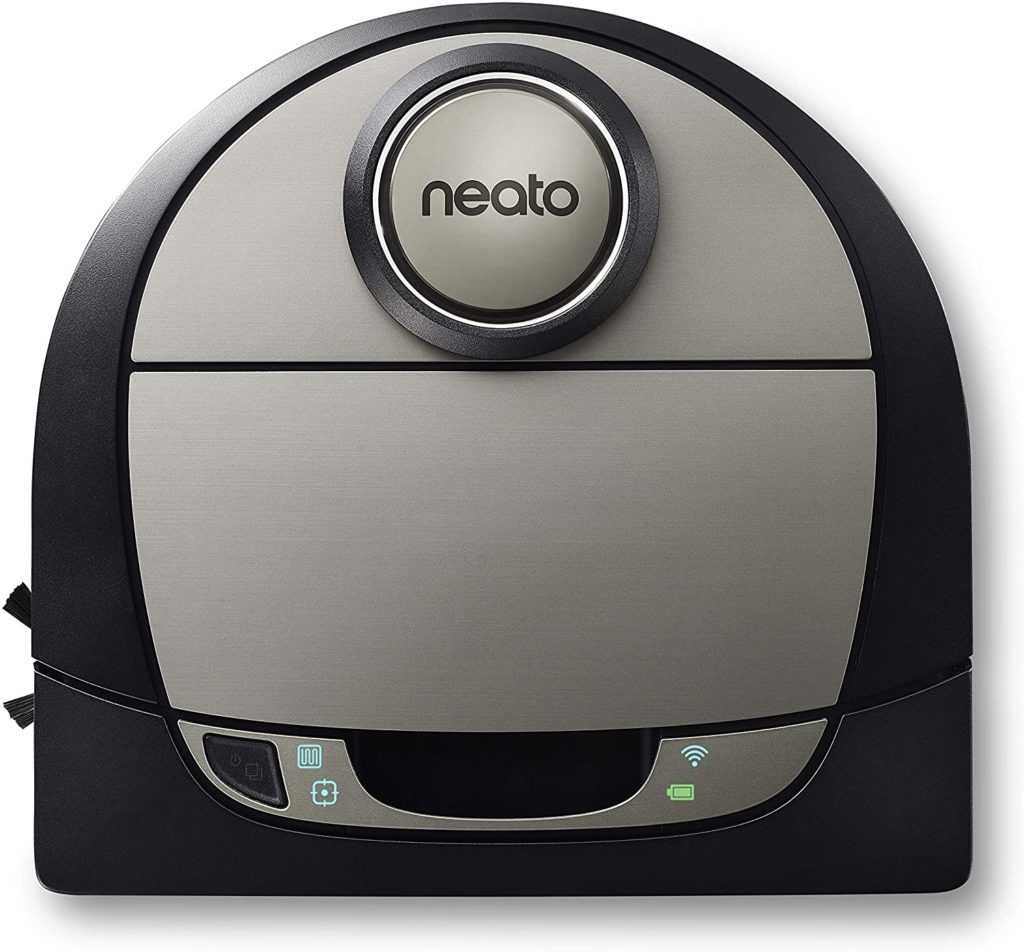
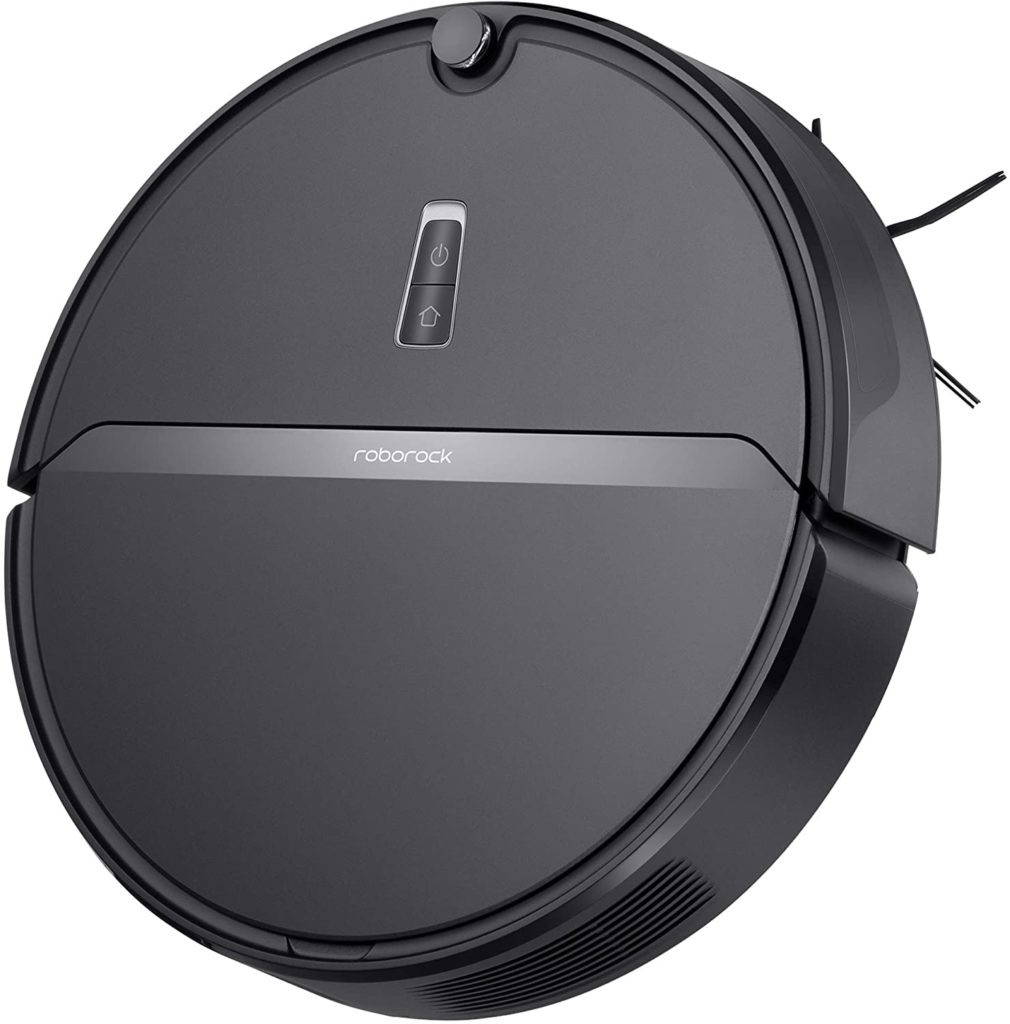
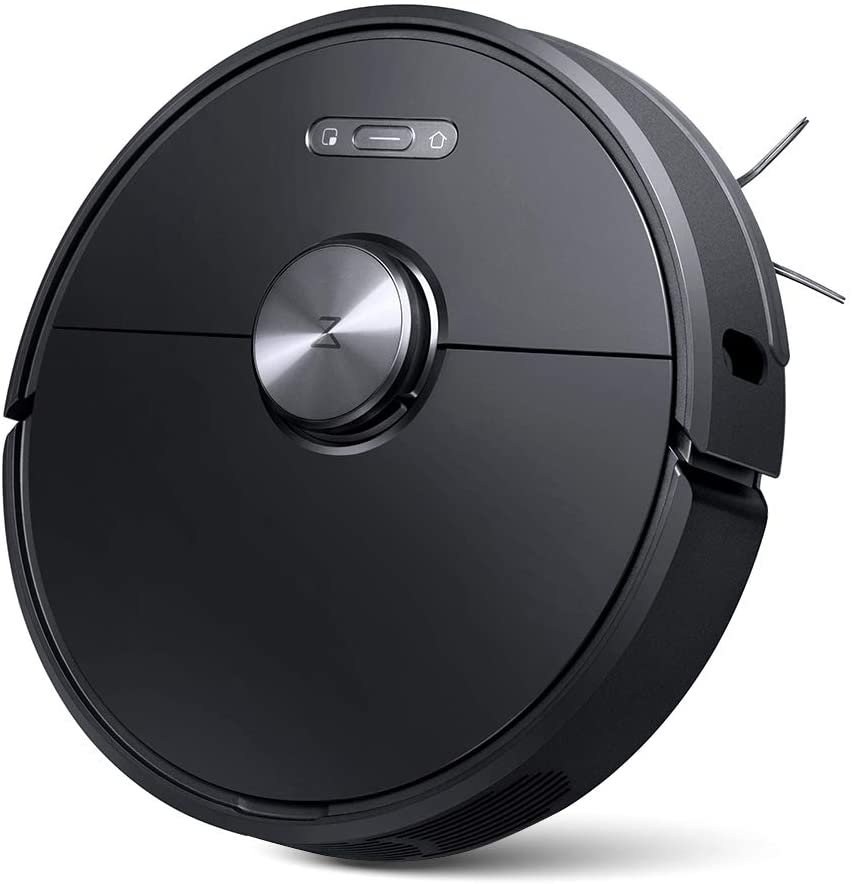
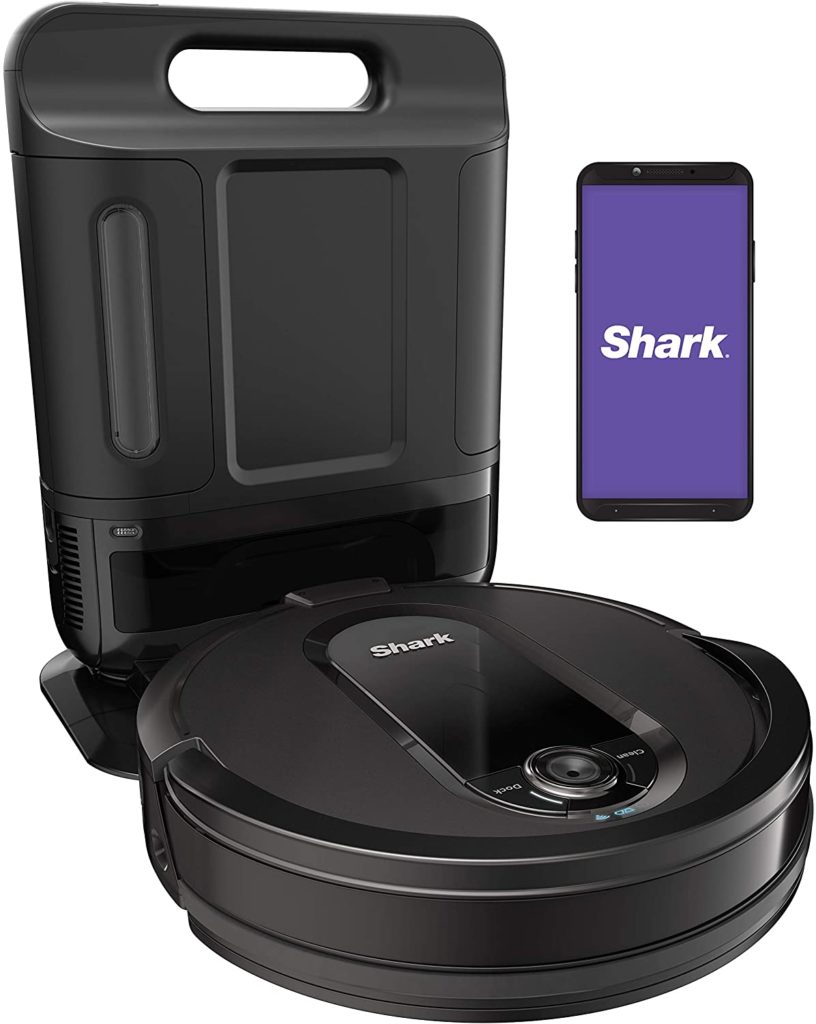




No comment yet, add your voice below!